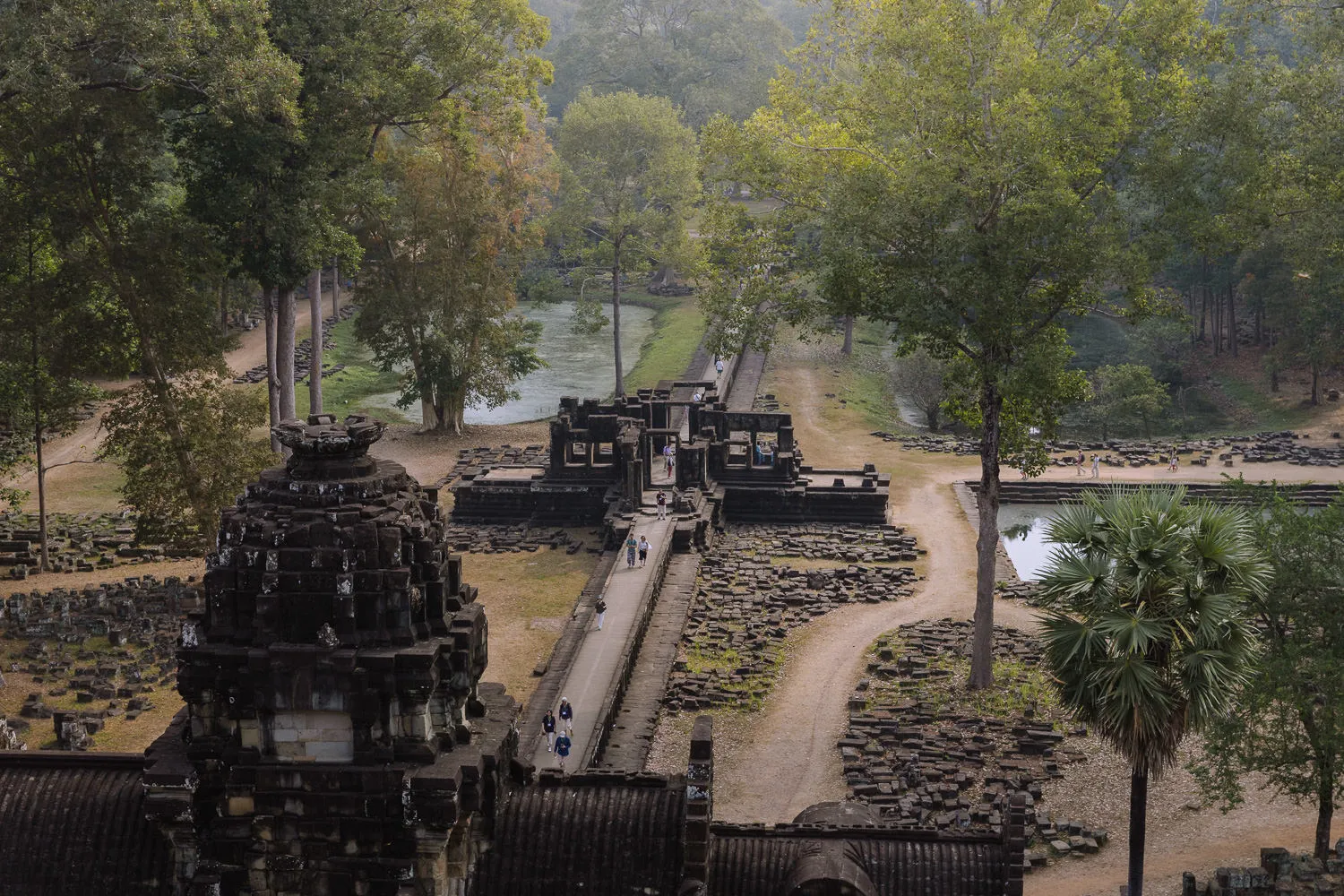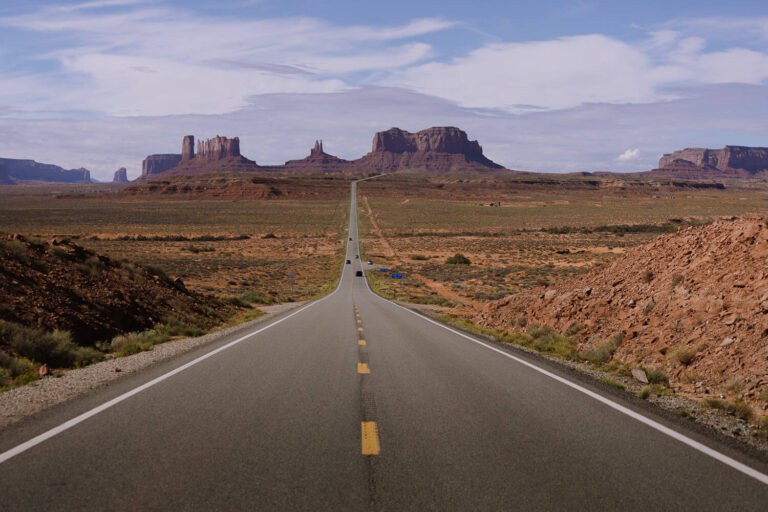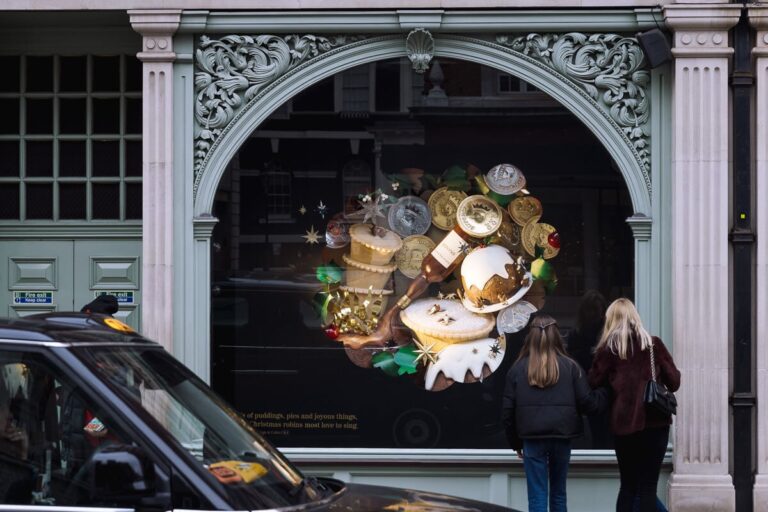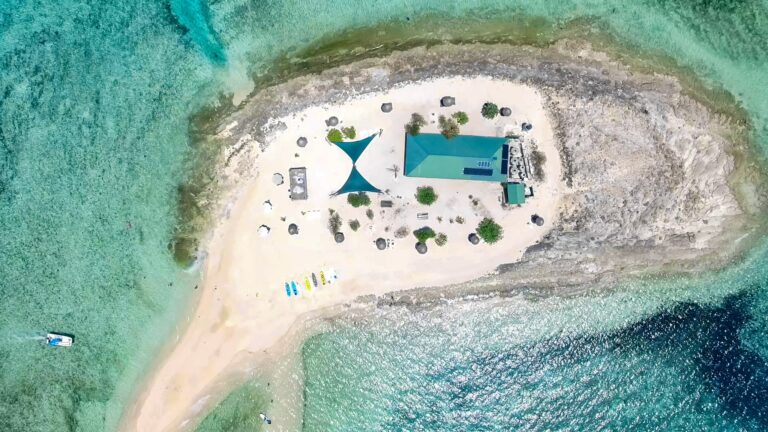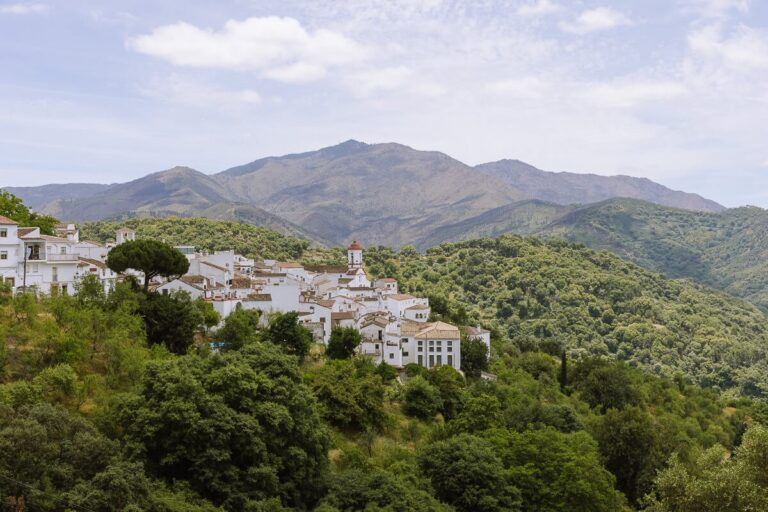Planning A Trip To Cambodia – Travel Tips & Things To Know | Anywhere We Roam
Cambodia is a fascinating destination with historic landmarks, friendly culture, and wonderful attractions. But a trip to Cambodia requires some forward planning. This guide covers our tips to help make your trip both easy and memorable.
By: Paul Healy |
Published: 7 Apr 2024
Cambodia has a winning combination of world-class tourist attractions and cheap cost of living.
Short-term holidaymakers can dive into the history of the Angkor Temples, catch a political lesson in Phnom Penh and relax on unspoilt beaches. Longer-term travellers can throw in more remote destinations, stop in colonial towns and reduce the tempo.
If you like to travel independently, like us, a well-planned trip is important for getting the most out of this diverse country. But even if you’re visiting Cambodia on a short stay, we can help you with money tips, booking suggestions and what to pack.
Our guide covers the best time to go to Cambodia, how to get around, what to see plus important information for staying safe.
To see how we put our trip together, read our 2-week Cambodia Itinerary.


WHERE TO GO
Cambodia has a lot to offer both tourists looking for a mini-break and long-term travellers on a wider trip. Here are some of the main places you’ll want to consider when planning a trip to Cambodia.
You can see how we put most of these places together on our Cambodian itinerary.



BEST TIME TO VISIT
Cambodia is hot throughout the year with temperatures ranging from 25°C to 35°C (77°F – 95°F). However, the year is split into two seasons.
WET SEASON
The wet season runs from May to October. During these months there can be considerable rain and lots of cloud. Blue skies are infrequent and if you are visiting the islands in the south, crossings can be rough.
DRY SEASON
The dry season runs from November to April. There is little rain during these months and a good chance of blue skies. Within the dry season December & January offer the best temperatures (25°C to 30°C) but it’s busy.
March & April are the hottest months of the year peaking at around 35°C (95°F). February can be a good compromise, with fewer crowds but still good weather.


HOW TO GET TO CAMBODIA
INTERNATIONAL FLIGHTS
There are three international airports in Cambodia – Siem Reap (SAI), Phnom Penh (PNH) and Sihanoukville (KOS). Most trips to Cambodia involve at least 1 stopover, usually in Bangkok, Kuala Lumpur, Seoul, Taipei, or Singapore.
Google Flights is an excellent way to find the best routes when planning your trip to Cambodia.
SIEM REAP INTERNATIONAL AIRPORT
Opened in 2023, the new Siem Reap International Airport is 45 kilometres from the centre of the city. Taxis cost $30 and can be arranged through your guesthouse or hotel. A bus runs 8 times a day from just outside the terminal and costs $8. There are no tuk-tuks at the airport.
PHNOM PENH INTERNATIONAL AIRPORT
Phnom Penh International Airport is 12 kilometres from the centre of the city. The best ways to get to the centre of town are:
- Bus No 3 stops at the Central Market and the Night Market and costs about 50 cents.
- The Shuttle Train runs to Cambodia Railway Station and costs $2.50.
- Hiring a tuk tuk from the airport will cost about $5-$10.
- A taxi will cost around $10 – $15.
SIHANOUKVILLE INTERNATIONAL AIRPORT
There are not many flights into Sihanoukville, but it’s possible to fly here from Kuala Lumpur and Ho Chi Minh City.



LAND CROSSINGS
If you’re visiting Cambodia on a multi-country trip around Southeast Asia you might be looking at a land crossing by bus. It’s significantly cheaper than flying as it avoids both the cost of the flight and the transfers.
Common routes are from:
- Ho Chi Minh (Vietnam) to Phnom Penh – 7 hours 30 minutes.
- Bangkok (Thailand) to Siem Reap – 8 hours 30 minutes.
These bus journeys can be long and painful with tedious stops at the border. Sometimes bus and minivan companies dump you at one side, leave you to make your own way through immigration (where bribes might be sought), and then pick you up on the other side.
It’s worth spending a bit extra to go with a reputable bus company.
Bus Tip – Everyone we spoke to – expats and tourists alike – recommended Giant Ibis. The bus comes with an on-board service attendant who provides lunch, water and cold towels. They can also assist with the immigration process, making it as easy and stress-free as possible.

CAMBODIA ENTRY REQUIREMENTS
When planning your trip to Cambodia, make sure you check the entry requirements from the country of your passport. Here are some standard arrival requirements as set by the Cambodian Government.
Passport – Your passport must be valid for at least 6 months beyond your entry date into Cambodia.
Visa – 30-day tourist visas (Visa T) are available on arrival. However, it’s easier and less time consuming to apply online. Visas cost $36 and take about 3 business days to be processed. If you overstay the 30 days, you will be charged $10 a day for the first 30 days.
IMPORTANT – NEW E-ARRIVAL CARD
From 1 Jan 2024, Cambodia is trialling a new e-Arrival Card. This card will become mandatory from 1 July 2024. As part of the application process, you need to provide your length of stay, a contact address in the country (use a hotel), and health information.
Most importantly it requires Proof of Onward Travel (POOT) where you must show a ticket for travel out of Cambodia. Most airlines are already checking for this when you board. If you want to stay flexible, either buy a cancellable exit ticket or a cheap one which you can write off.



VACCINATIONS
We are not health experts, so please check the latest requirements with your doctor. However, here are some broad guidelines to consider when planning a trip to Cambodia:
- Recommended vaccinations for all travellers – Tetanus & Hep A.
- Possible vaccinations for longer, remote stays – Hep B, Rabies & Typhoid.
- Malaria – Malaria is low risk across most of Cambodia but becomes a higher risk in the northeast provinces of Ratanakiri and Mondulkiri. If visiting the northeast some doctors may recommend anti-malarial tables, while others suggest just taking sensible precautions with DEET and long-sleeved shirts and trousers. Again, check with your doctor.
HEALTH INSURANCE
Cambodia’s health facilities have improved over recent years. Phnom Penh and Siem Reap have decent facilities, but many other areas are still quite basic.
Make sure you travel with up-to-date and comprehensive health insurance.
Travel tip – Hiring scooters is a common way to travel around Cambodia independently, but many insurance policies do not cover you when riding them. Check with your insurance in advance if you plan to hire a scooter.



WHAT TO PACK
It’s always good to be prepared, and there are a few considerations when packing for Cambodia.
Cambodia is a hot country any time of year, so plan accordingly:
- Light coloured layers.
- Wide brimmed hat.
- High factor sun-tan lotion.
Cambodia is a conservative country, and a dress code is required in many temples:
- Lightweight full-length trousers.
- Shirts with sleeves.
- Light scarves.
Insects are a menace, especially at dawn and dusk:
- Long trousers and long-sleeved shirts to help avoid bites.
- Insect repellent with high level of DEET.
- Anti-bite cream.
Don’t add to the massive amount of plastic in Cambodia:
- Refillable water bottle.
- Reusable cutlery.
- Reusable coffee mug.
Pharmacies are plentiful but it’s worth having some essentials with you:
- First Aid Kit.
- Imodium & Rehydration salts.
Travel Tip – Cheap laundry facilities are available almost everywhere. It costs about $2 per kilogram and your freshly laundered clothes will be ready the next day. So, there’s no excuse for overpacking.



MONEY
Cambodia’s official currency is the Cambodian riel. However, the country effectively operates a dual currency system, and you can pay in Cambodian riel or US dollars.
Guesthouses and hotels, tour operators, and smarter restaurants and shops will accept credit and debit cards where you get to choose the currency.
The rest of the economy (tuk-tuks, taxis, street food, local restaurants, official museums) take cash only.
Important: Using US Dollars – If you pay in US dollars the notes need to be perfect. The National Bank of Cambodia will not accept a note with any type of rip or mark on it – so neither will the vendor. If you have US dollars, check to makes sure there are no marks or rips and keep them well protected.
Cash Machines – Cash in both US dollars and Cambodian riels can easily be obtained from ATMs, which are present in all the main tourist centres. There is an almost universal fee of $5-$6 for each transaction, so take out as much as you think you’ll need in one go. The Cathay United Bank was the only one that didn’t charge us a fee.


GETTING AROUND CAMBODIA
Getting around Cambodia is surprisingly easy. Buses run between the big cities, tuk-tuk drivers are on hand everywhere, and scooters are easy to hire for independent travel. The only thing that’s not easy is walking! It’s often very hot and there is little by way of pavements.
BUSES
Buses are a cheap, easy, and pretty comfortable way to travel long distances in Cambodia. Multiple bus companies run different types of vehicles between the major cities. Transport ranges from a mix of minivans, minibuses, luxury buses and night buses.
For an easy way to see which bus companies serve which routes check the aggregator CamboTicket.
The quality of service with each company varies but we highly recommend Giant Ibis and Vireak Buntham – our experience of both were excellent.
It’s worth spending an extra $2-$3 for the comfort of the larger luxury buses, some come with on-board service and the price includes coffee and lunch.
There are different prices for Cambodians and non-Cambodians. Common routes and prices for non-Cambodians are:
| JOURNEY | COST | TIME |
|---|---|---|
| Phnom Penh – Siem Reap | $12-$17 | 6 hr |
| Phnom Penh – Sihanoukville | $12-$15 | 3.5 hr |
| Phnom Penh – Kampot | $8-$10 | 3 hr |
| Phnom Penh – Mondulkiri | $12-$16 | 6 hr |
| Kampot – Sihanoukville | $8-$10 | 2.5 hr |



INTERNAL FLIGHTS
Buses are usually a better option than internal flights. However, the bus from Siem Reap to Sihanoukville takes about 10 hours, and the newly introduced Cambodia Angkor Air flight takes only 1 hour 10 minutes.
TUK-TUKS
Tuk-tuks are not designed for stability or speed, instead, they are a fun way to explore a city. They operate at about 12-24mph (20-40kph) and are great for trips up to about 15-20 miles away (taking about 1 hour). Short journeys of around 10 minutes within towns and cities are about $2-$4. Daily hire is about $20.
If you ever have trouble communicating with your tuk tuk driver they will hand you their phone and get you to type your destination into Google maps. If you are going somewhere particularly obscure, it might be a good idea to have the address in Khmer on your phone.
TAXIS
Taxis are great for longer distances. They are more comfortable and come with air conditioning. You can hire them for a single journey or for a haIf or full day. If you are four people, they can be similar in price and more convenient than long-distance buses.
Travel Tip: PassApp – Guesthouses can help arrange tuk-tuks and taxis, or you can bargain on the street. Alternatively, download the PassApp, an Uber-like service for taxis and tut tuks with a standard price generally cheaper than what you could negotiate yourself. When registering you need to enter a Cambodian telephone number, so either buy a Cambodian sim or ask your guesthouse owner to register with their number.
SCOOTERS
Scooters or mopeds can be rented almost anywhere. They cost about $8-$10 per day for unlimited mileage. They are great in more remote places, but the streets in the cities can be chaotic. Check that your insurance policy covers scooter use.



HEALTH & HYGIENE
Nothing can ruin a holiday quicker than getting ill. Here’s a few health and hygiene tips to consider when planning a trip to Cambodia.
Water – The tap water in Cambodia is not safe to drink. Bring a refillable water bottle which most guesthouses will let you fill up for free or for a small charge. Ice is generally fine as it’s made from filtered water.
Toilets – You may come across the odd squat toilet in Cambodia, but most are western style toilets and generally the standard of cleanliness is high. As with many Asian countries, toilet paper goes in the bin beside the toilet. In public restrooms, toilet paper and soap regularly run out, so carry your own with you.
Pharmacies – There are many pharmacies in the main cities, and they are relatively well stocked. However, if you are going to more remote areas, especially the islands, it’s a good idea to plan ahead.
Traveller’s Diarrhoea – Cases of Traveller’s Diarrhoea is not uncommon in Cambodia so take the usual precautions including washing your hands regularly, avoiding all tap water and considering what you eat. The food markets in Cambodia are great but assess which ones appear to have good hygiene standards before you try their food.



ELECTRICITY & DATA
Electricity Sockets – Cambodia is the only country we have ever been to with electricity sockets designed to take all major plugs. Most hotels will have at least a few of these ingenious sockets that will take US, European, UK and Australian plugs. If another country exists with this feature, please let us know.
Wi-Fi – Unless you are in a very remote location, almost all guesthouses and hotels have wi-fi.
Mobile Data – We recommend getting an e-SIM before you travel which allows you to retain your mobile phone number, plus use data in Cambodia. We used Nomad which had good service throughout the country and Asia-wide plans so we could use it in other countries. You could also purchase a Cambodian Sim when you arrive which will be cheaper, but you have the hassle of going into a store to buy one.

CRIME & SAFETY
We felt very safe travelling around Cambodia and the Buddhist culture is friendly and welcoming. However, there are a couple of things to be aware of.
Bag snatching – In recent years bag snatching in Phnom Penh has become more prevalent. Wear backpacks or keep single strapped backs tight to your person.
Sex tourism – There is usually one or two streets in the major cities geared towards sex tourism. Prostitution, although extremely common, is illegal.
Land Mines – Land mines are a terrible part of Cambodian history. They are most prevalent in the rural northwest, near the Thai border. De-mining activities continue, but if you’re hiking, don’t stray from the main trails.
LANGUAGE
The main language in Cambodia is Khmer, but English is commonly spoken in most tourist areas and most tours operate in English.
Travel Tip – Download Khmer on Google Translate before you travel. It can help in more remote areas and with tuk-tuk drivers.




